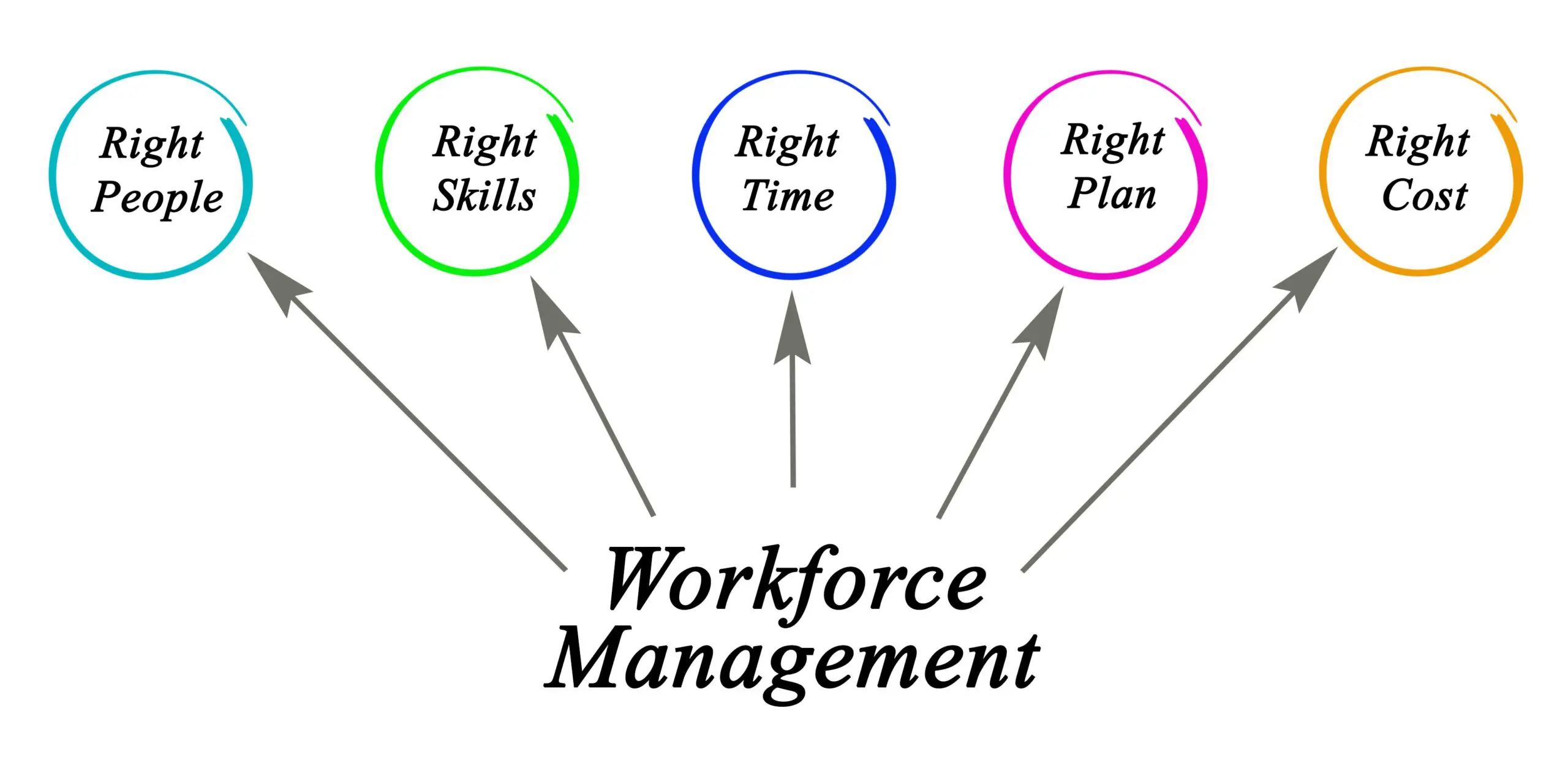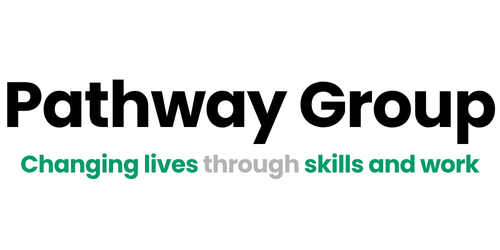
For far too long the health and social care sector has been Inadequately funded and undervalued. In this national crisis the impact and contribution the sector makes to the welfare of us all has been appreciated by the public and recognised by the government.
Care staff and the businesses that provide this invaluable service whether they are care homes or home care providers are truly unsung heroes – “Hats off” to you all.
This is general advice piece written with the basic aim to assist with the pressures that our Health and Social Care Providers are facing from the COVID-19 situation and it is aimed at Leaders within the sector.
In the past Care Providers have experienced many threats and challenges and generally are known to be very resilient in nature. The situation as a sector we now face is very much different, and we all need to be able to support each other as much as possible and truly work together to move forward.
So, let’s begin with the first thing to consider.
Communication, in fact, I will go far as to say:
Communication first, second & third!
At all level’s individuals need the ability to raise issues and get answers quickly, and to be able to solve problems where possible,
collaboratively, both internally across your business and externally.
Health and Social Care Leaders should support collaborative working by ensuring that there is frequent and easy-flow communication,
My general advice is that this needs to be practical, pragmatic as well as positive.
I would suggest you need to encourage all individuals:
- that they need to take responsibility
- that they know where to access and refer relevant information,
- and what the state of play is at all times,
In addition to what the focus and the priorities are so that we can all ensure that we are all doing our bit!
Business Continuity Plans – this is No Longer about a “Tick Box” exercise
Good business continuity planning assists resilience and should therefore be in place. The business continuity plan (BCP) need to be updated and worked on in a collaborative way rather than in Silos.
Every Leader within the business should have their own action and Business Continuity Plans that is produced as a working document and not as a “Tick Box” Document.
I would suggest and generally encourage Board Members and Executives within a business that they should if possible, avoid routine information requests unless there is an intention to analyse the plans and offer constructive guidance.
We need to recognise that some aspects of the plans rely on support from others such as Heads of IT, the Finance Team and possibly outside partners as well.
Where it’s deemed possible – a provider should also offer help to peers – other care providers by discussing/sharing their own local resilience plans and discussing any wider considerations such as transport or school closures.
Cashflow is King
We need to recognise that reduced cash flow will especially impact home care providers, as they are usually expected to submit itemised invoices of hours delivered for each person.
In such cases there may be a time lag of up to eight weeks between delivery of support and payment to the provider.
Delays in invoicing, invoice disputes and non- payment of invoices will have a serious negative impact on providers’ cashflow – The providers’ finance Team need to plan quickly and manage in detail daily and weekly activity.
In this period there are some local authorities that have offered some structured upfront payment
If you as the provider are lucky enough to get an upfront payment then this needs to monitored to ensure the hours delivered tally with the hours paid as this can easily get out of sync.
Cashflow can also affect Residential Care Homes, it may be possible that local government will offer support by paying on the planned support for people in given care homes and the reconciling for any adjustments due to deaths or other factors. This is even more important as occupancy levels may become more volatile, with potentially more voids due to infection control measures possible offset by extra demand.
Retrospective reconciliation – It’s going to happen!
Any payments overpaid will be reconciled – Where the time comes this needs to be handled transparently and with open and frank discussion.
Reconciliation is likely when actual levels of support differ markedly from what was planned and these needs to managed in the budgets of all providers.
All Health Care Providers should be mindful of all the extra costs they are incurring during this period, and of problems they may face in reducing variable costs in such a volatile operating environment.
As a Provider you should also be mindful that, where actual support levels are significantly below plan, then the commissioners may have needed to fund support elsewhere.
Sick Pay- the changing landscape
Health Care Providers face increased cost pressures due to higher sickness absence rates among their workforce: you may need to pay staff Statutory Sick Pay (SSP) or make sickness payments at a higher level than SSP because they have a contractual sick pay scheme (also known as an ‘occupational scheme’), which offer workers payments above the basic minimum amount of SSP, which is £94.25 per week.
When emergency legislation is passed, employers’ liability for SSP will start at day one rather than day four, and requirements for workers to self-isolate will further increase financial pressures. Given that in virtually all cases providers will have to backfill sickness absence to ensure continued delivery of support, this represents a real cost pressure on providers.
Please note that care provider employers are unable to reclaim payments for SSP from Government, except for some temporary arrangements announced in the Spring Budget, which will only be available to organisations with 250 or fewer employees.
Our suggestion is that Health Care Provider should lobby to mitigate this by requesting funding for these extra costs and push for either a lump-sum payment or through increasing the fee rate.
It’s possible that the local authority can assist with cash flow by agreeing a reasonable amount based on an assumed average sickness absence rate and paying upfront, rather than awaiting detailed records of actual sickness taken and backfill provided and agree reasonable and proportionate ways of later reconciliation. Each Local authority will have their own approach and this issue needs to be highlighted to get this resolved.
Workforce availability & Management

There is no doubt that Health Care Providers will face higher workforce absence rates, through medically recommended self-isolation, sickness and family caring responsibilities.
Other factors, such as the possibility of school closures, may exacerbate this issue. Care providers will need to be able to deploy their staff flexibly and to hire new staff quickly. It’s possible that you may face increased cost pressures from higher use of agency staff.
My suggestion is that here again the Local authority should be lobbied and made aware to assist with these extra cost pressures.
Some Commissioner are allowing flexibility for providers in hiring and deploying staff, for example allowing recruits to begin working after a DBS Adult First check has been obtained, rather than insisting the full DBS checks are returned before a worker can begin providing care, or by allowing staff to be deployed across different care settings or between care providers.
Rapid Response & Adjustment of Support
Generally, support will have to be rapidly adjusted. People will be admitted to hospital, care visits changed to meet the most urgent needs and some homecare visits will take longer due to infection control precautions and the availability of staff. In addition, care homes may need to adjust support in order to meet changing needs and to minimise infection risks.
This means that rapid decisions will need to be taken by care providers about appropriate adjustments of care packages. This will likely increase your costs as it will require extra management time to make these adjustments. There is also likely to be a higher ratio of travel to contact time in home care due to the rapid reorganisation of rounds and rosters.
The dreaded ECM…
It’s become common practice for homecare contracts to use electronic call monitoring (ECM) to create a system of a “pay-per-minute” billing or to round visit times into defined bands have a built-in ceiling on upwards adjustment of hours,
which may make it more difficult to make these rapid adjustments.
The local authorities have on the whole recognised that these need to be removed for this period and all providers should have received communication from their Commissioners.
The “Pay per minute” also carries a significant risk to Providers. In all cases it reduces the financial viability of shorter homecare visits (particularly those that are 30 minutes).
Infection Control—The be-all and end-all
As a care provider you will face extra costs through the need for more personal protective equipment (PPE), through the need for enhanced cleaning of care home and other premises or people’s own homes, and through the need to adopt different working patterns to minimise the spread of infection, for example, zoning some staff within care homes.

Providers may also face greater difficulty in obtaining infection control products, PPE, handwash and disposable hand towels, due to increased demand for them.
Leaders in these businesses need to issue clear instructions to their teams about how such stocks should be made available to staff who need them.
All such pressures need to be communicated regularly internally and externally.
Don’t forget the self-funders!
Health Care Providers must continue to provide support to self-funders, it is important that this is communicated to commissioners so that they have an overall picture of how the whole market is operating, rather just those providers with which an authority contract’s directly.

It’s possible that Health Care Providers may face pressures from sudden decisions by self-funders to refuse support and then refuse to pay notice periods.
It’s important that Health Care Providers keep communicating with Commissioners to give them a closer view of the issues and challenges so that they can support all Health and Social Care providers operationally and financially to ensure resilience through this period.
Thank you once again to all Care Providers and your teams for your hard work and continued commitment We are certainly in an extraordinary situation we wish you all the best to be able to mitigate the impacts of Covid-19 on your staff, clients and your business.
Safaraz Ali
